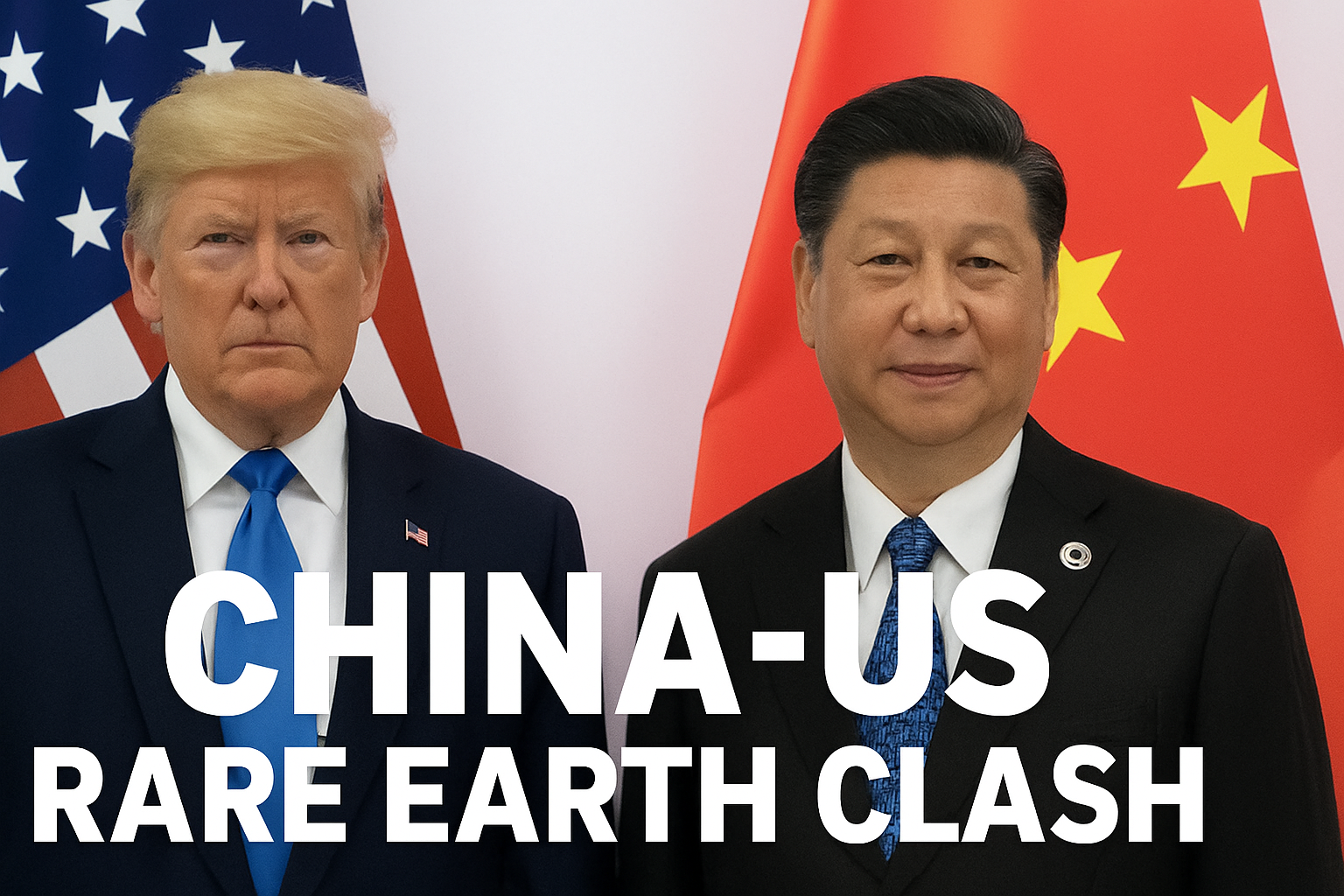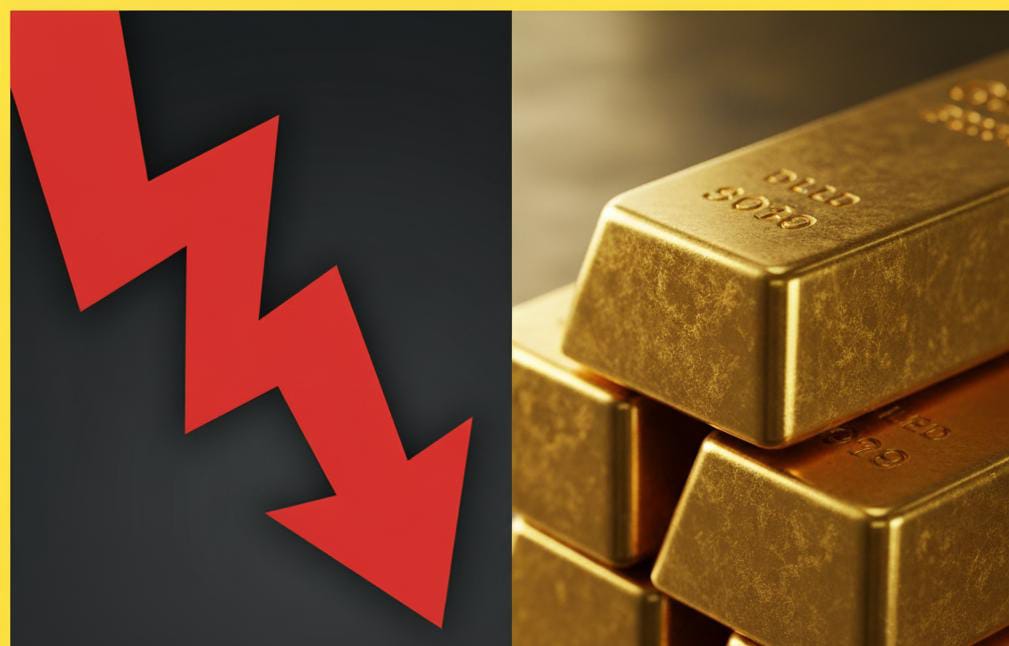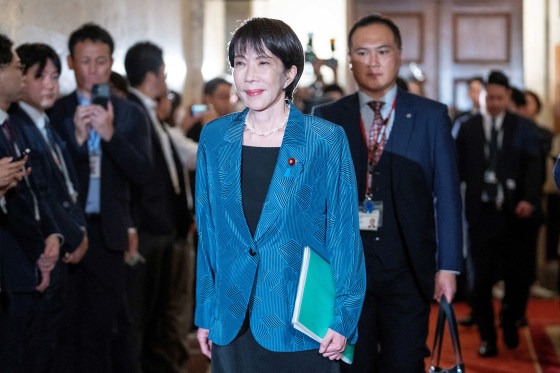
A new disagreement between China and the United States has created tension in global markets. This time, the fight is not about tariffs or technology but about rare earth elements — the minerals that make modern life possible. These materials are essential for producing everything from smartphones and electric cars to wind turbines and fighter jets. When China announced new export rules for these minerals, the United States reacted sharply, accusing Beijing of threatening global supply chains.
China did not stay silent. It accused Washington of exaggerating the situation and spreading unnecessary fear. According to Chinese officials, the United States has misunderstood and distorted China’s intentions. The Chinese Ministry of Commerce said that its export controls were meant to ensure fair trade and proper environmental standards, not to punish other countries. A spokesperson, He Yongqian, clarified that companies applying for export licences for civilian purposes would have their requests approved if they met the rules. He also rejected American claims that every product containing traces of Chinese rare earths would require special permission to be shipped worldwide.
The tension began after U.S. Treasury Secretary Scott Bessent criticized China’s trade policy, saying it could cause disruptions in global manufacturing. In response, China’s state-run newspaper published a seven-point statement defending its actions and accusing the United States of spreading “grossly distorted” information. Beijing argued that the real cause of panic was not its policy but Washington’s habit of interpreting every Chinese decision as a threat.
The rare earth issue comes at a time when both nations are already caught in several trade and political disputes. China has accused the U.S. of what it calls “economic bullying,” while Washington claims that Beijing uses trade restrictions to strengthen its global influence. The argument reflects a deeper struggle between two superpowers competing for control over the technologies of the future.
U.S. trade representative Jamieson Greer went a step further, calling China’s move a “global supply-chain power grab.” He said Washington expects China not to misuse its export power and hinted that the two nations might extend their 90-day tariff truce, which is set to expire on November 9. Treasury Secretary Bessent also indicated that talks could continue if both sides showed flexibility.
Meanwhile, China defended its recent purchase of Russian oil, saying that it was a lawful business deal and that no country had the right to interfere. This response came after the United States criticized Beijing for increasing energy ties with Moscow. Chinese officials argued that such accusations were hypocritical, as the U.S. often prioritizes its own interests in similar situations.
The rare earth conflict has made Washington realize how dependent it is on Chinese supplies. China controls more than 80 percent of global rare earth production, giving it significant power over international industries. To counter this, the U.S. government is planning new strategies. Reports suggest that Washington might invest in domestic mining and processing companies or take equity stakes in allied nations’ firms. The goal is to build a reliable supply chain for critical minerals used in electronics, defense systems, and clean energy technologies.
Officials are also discussing the creation of price controls and stockpiles to avoid shortages in the future. These measures show how essential rare earths have become for national security and industrial growth.
Later this month, Chinese President Xi Jinping and former U.S. President Donald Trump are expected to meet in South Korea. Their discussion may determine whether both countries can find a middle path or if the rivalry will deepen further.
The rare earth dispute is more than a trade issue. It highlights how closely the modern world depends on materials that most people have never heard of. As nations race to secure these resources, the balance between cooperation and competition will shape not just markets but also the future of global technology and power.


.jpeg)





.jpeg)



.jpeg)



.jpeg)
.jpeg)
.jpeg)

